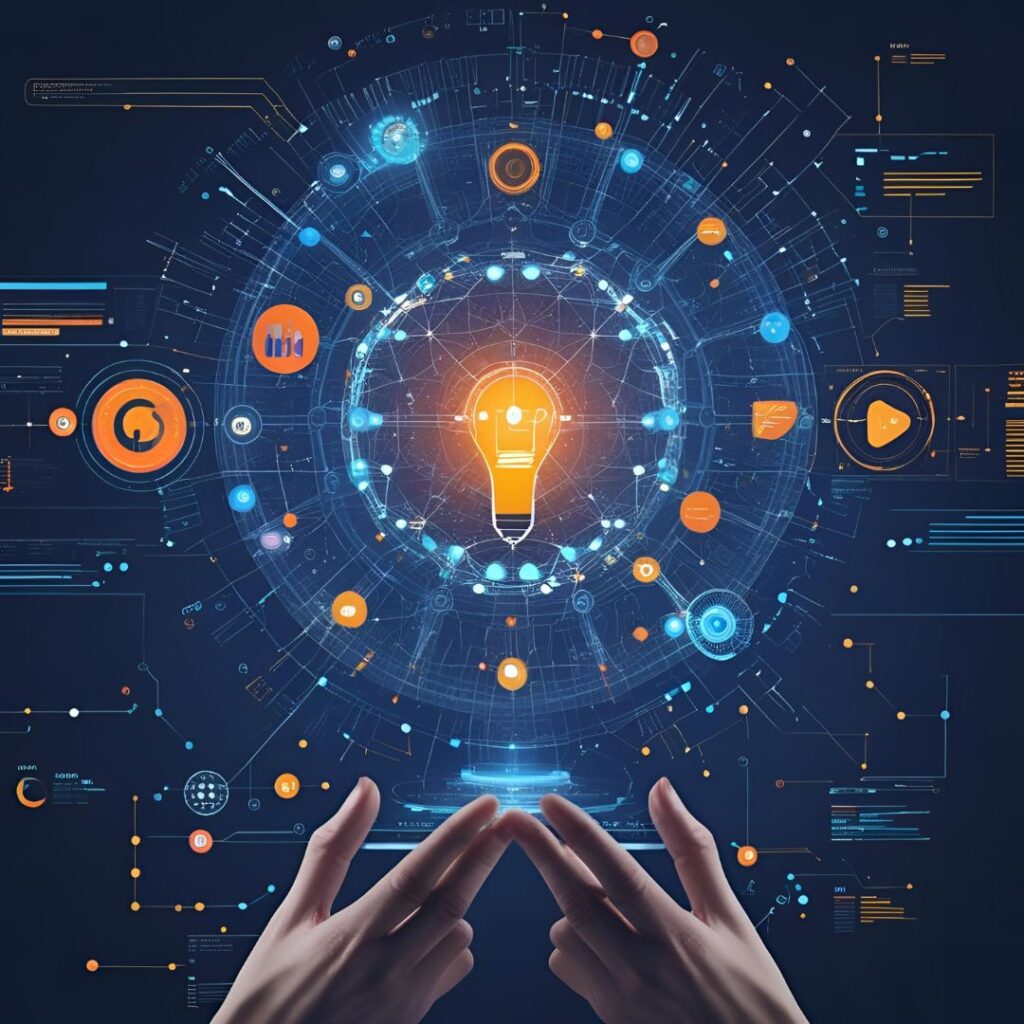
Introduction
Imagine a world where computers can learn from data, improve their performance over time, and make intelligent decisions without being explicitly programmed. Welcome to the fascinating realm of machine learning (ML)! This transformative technology is rapidly changing how we interact with the world, from personalized recommendations on your favorite streaming service to self-driving cars navigating complex streets. This blog post will provide a comprehensive overview of machine learning, demystifying its concepts and exploring its vast potential.
Unveiling the Core Concepts:
What is Machine Learning? Machine learning is a branch of artificial intelligence that focuses on enabling computers to learn from data without being explicitly programmed. Instead of relying on rigid rules, ML algorithms analyze vast datasets, identify patterns, and make predictions or decisions based on those patterns. This process involves feeding data into a model, training the model to learn from the data, and then evaluating the model’s performance. Key concepts include supervised learning (where the model learns from labeled data), unsupervised learning (where the model finds patterns in unlabeled data), and reinforcement learning (where the model learns through trial and error).
The Power of Algorithms:
Exploring Different Machine Learning Techniques Machine learning employs a diverse range of algorithms, each suited for different tasks. Some popular techniques include:
- Linear Regression: Used for predicting continuous values, like house prices based on features like size and location.
- Logistic Regression: Used for classification tasks, such as identifying whether an email is spam or not.
- Decision Trees: Creating tree-like models to make decisions based on a series of rules.
- Support Vector Machines (SVMs): Used for classification and regression tasks, separating data points into distinct categories.
- Neural Networks: Complex algorithms inspired by the structure of the human brain, capable of learning intricate patterns in data and used for image recognition, natural language processing, and more.
- Clustering algorithms: Used to group similar data points together. The choice of algorithm depends on the type of data and the specific problem you are trying to solve.
Real-World Applications:
Machine Learning in Action Machine learning is already impacting numerous aspects of our lives:
- Recommendation Systems: Powering personalized suggestions on platforms like Netflix and Amazon.
- Fraud Detection: Identifying suspicious transactions to protect financial institutions and customers.
- Image Recognition: Enabling facial recognition, medical image analysis, and self-driving cars.
- Natural Language Processing (NLP): Driving chatbots, language translation, and sentiment analysis.
- Healthcare: Assisting in disease diagnosis, drug discovery, and personalized treatment plans.
- Manufacturing: Optimizing production processes, predicting equipment failures, and improving quality control. These are just a few examples of the vast and growing applications of machine learning across industries.
The Future is Intelligent:
The Ongoing Evolution of Machine Learning Machine learning is a rapidly evolving field, with continuous advancements in algorithms, techniques, and applications. We can expect to see further breakthroughs in areas like deep learning, reinforcement learning, and explainable AI (XAI), which aims to make AI models more transparent and understandable. As more data becomes available and computing power increases, machine learning will continue to play an increasingly significant role in shaping the future, driving innovation, and transforming the way we live and work.
